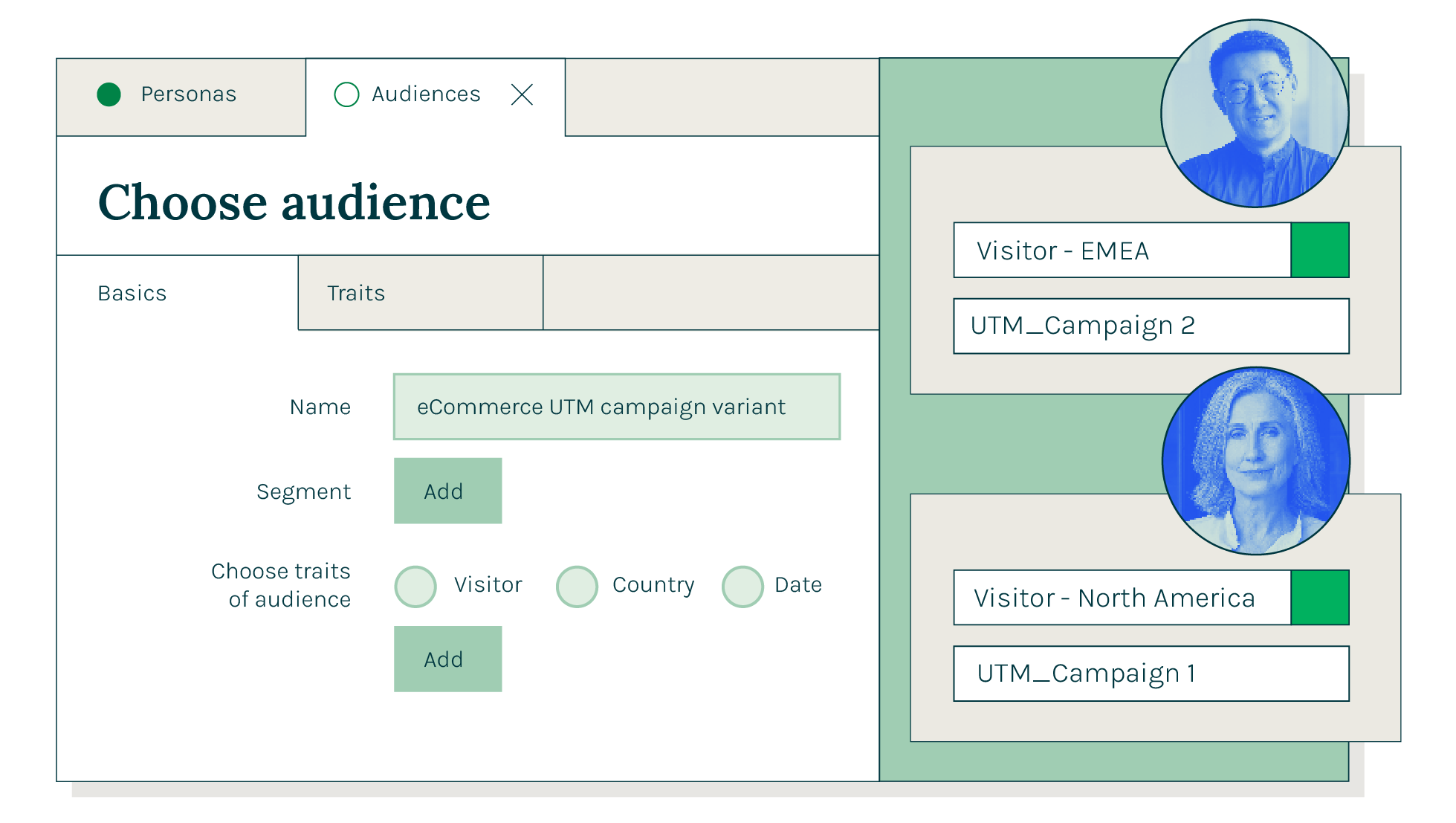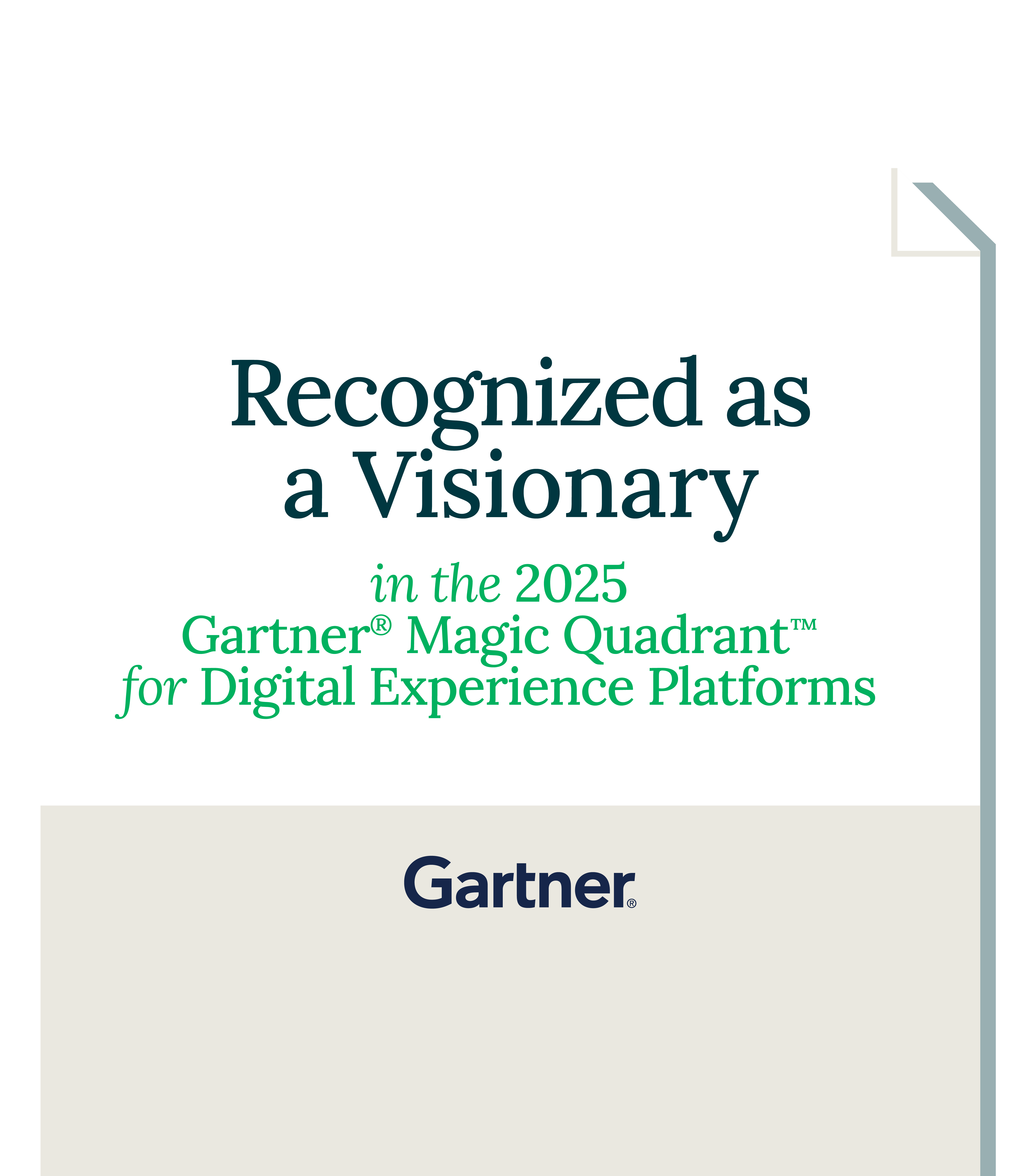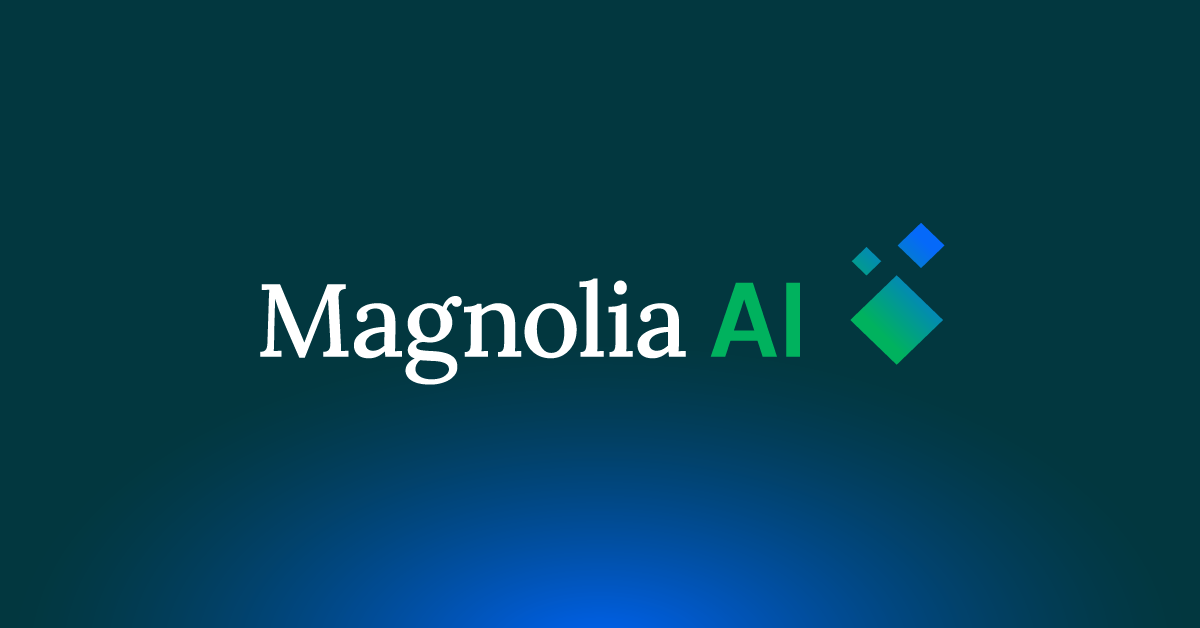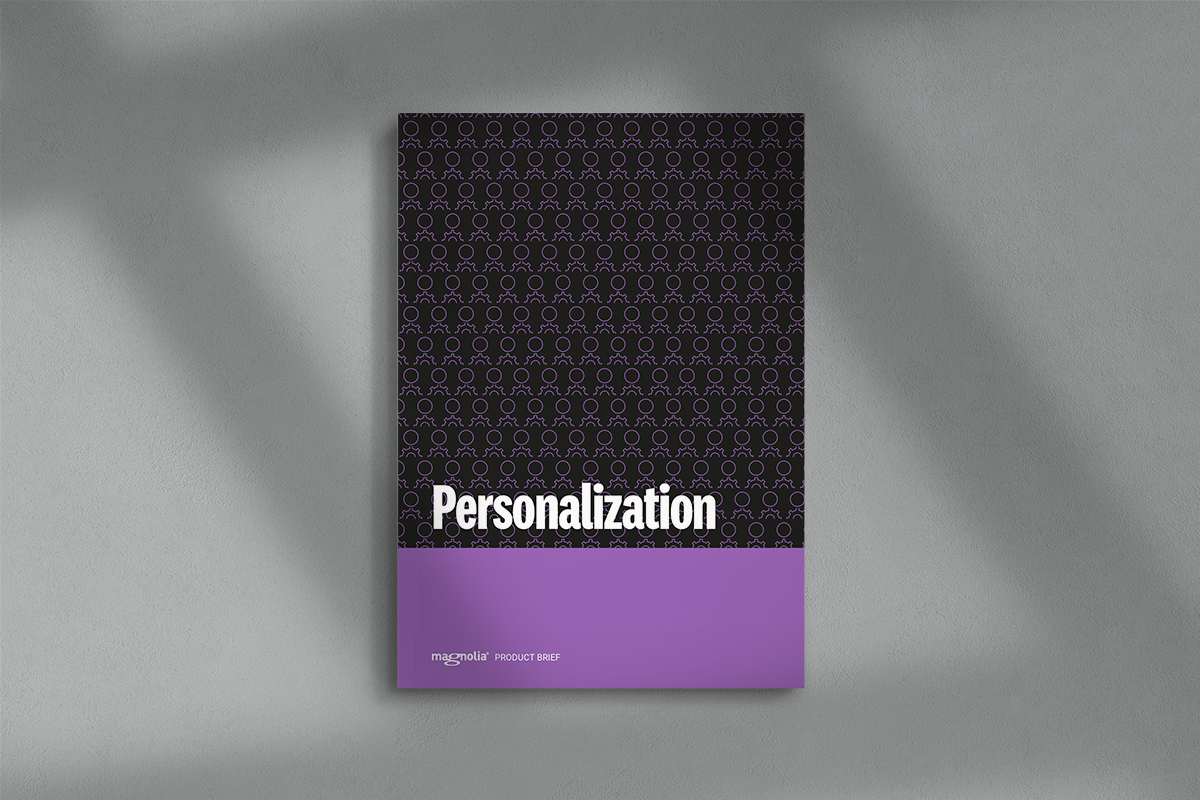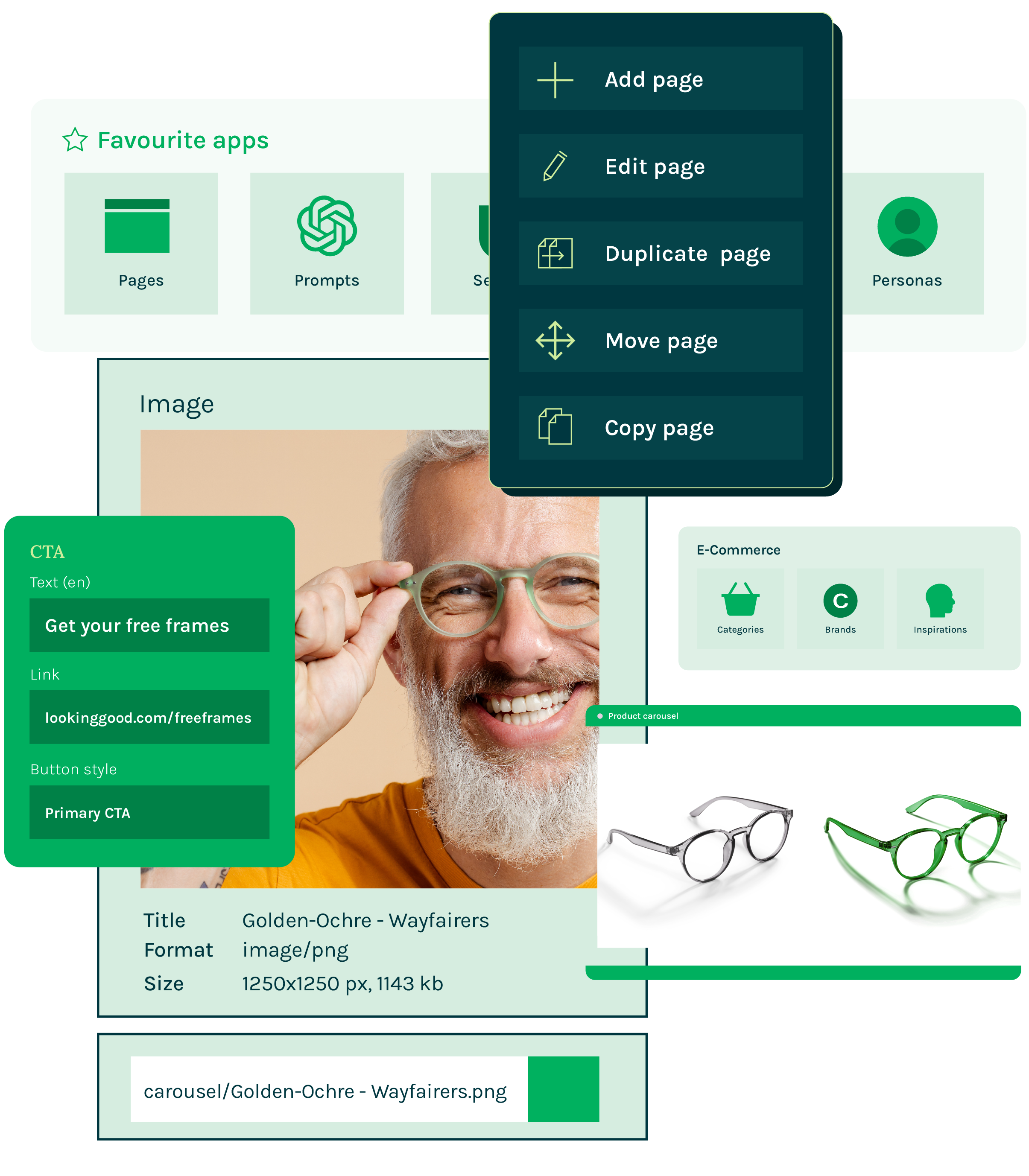What Magnolia personalization can do for you
Create relevant experiences
Personalize experiences for visitor segments based on who they are, how they behave, and what’s happening in the world. Magnolia unifies and leverages your data to tailor your website and other digital channels to your customers, improving their experience, and increasing conversion and engagement.
Personalize any channel at scale
Magnolia enables omnichannel personalization and optimization without compromising performance. Deliver personalized experiences from Magnolia or consume personalized content via our APIs enabling headless personalization in any front end.
Personalize, analyze, and optimize
Magnolia offers personalization and A/B/n testing out of the box and makes the integration of third-party data simple. Bring together content, analytics, and customer data on a single screen and create personalized and optimized experiences your customers love.

Personalize any frontend
Headless architectures are getting more popular due to their flexibility, but do headless and personalization go together?
They do with Magnolia! You can build custom front ends and easily consume personalized content via our delivery API.
This is how it works: Marketers and content authors create personalized variants of a component based on specific audience traits using Magnolia's visual editor. Developers query the content by specifying these traits in their API request. They then receive clean, personalized content, making headless personalization a breeze.
Expand your martech stack
Segments
Define audience segments based on specific audience traits and create personalized experiences for each group, increasing relevance and engagement.
A/B/n Testing
Create multiple page variants and test which one is preferred by each audience, optimizing the performance of your content and converting more visitors into customers.
Marketing Tags
Insert snippets on your pages to collect web analytics, tracking performance for better insights and attribution; or integrate 3rd-party content from social media or ad networks.
Unified Customer Data
Integrate your marketing automation, CRM, or CDP to track user behavior and to capture customer data in one place, creating a 360-degree view of your customers.
Analytics & Insights
Bring your external analytics dashboards straight into Magnolia's authoring interface and display analytics data in the context of content, helping you improve experiences.
Search Engine Optimization
Check and audit content as you work through on-page diagnostics and recommendations, optimizing your content's impact on SEO.

Optimization Integrations
All-in-one SEO, accessibility and content quality tools inside Magnolia - in one seamless workflow.
Our customer stories
Check out our case studies to learn from our customers how they use Magnolia’s content platform to improve their customer journey and increase revenue.
